What is horticulture interlighting
Horticulture interlighting is designed to provide supplemental light to leaves that are shaded lower down in the canopy, thereby enhancing photosynthesis and improving growth and quality of high wire plants such as tomatoes, peppers, cucumbers and roses. Light is electromagnetic radiation transmitted as photons which are classified based on their wavelengths. Photons in the photosynthetically active range of wavelengths are captured by photoreceptors in plants, called chlorophylls, to produce glucose from carbon dioxide and water.
In addition to the photosynthesis process which fuels metabolic processes and provides energy for biomass production, developmental and physiological responses such as seed germination, stem elongation, flowering and plant morphology are also under the influence of photons within and beyond the photosynthetically active radiation (PAR) range of wavelengths. The process by which the phytochrome, cryptochrome and phototropin photoreceptors drive changes in seedling morphology in response to light exposure after germination is known as photomorphogenesis. The effect of the length of the day (light period) and the relationship of the day to the night (dark period) on flowering is called photoperiodism. The transition from vegetative to reproductive growth in photoperiodic plants is regulated by the phytochrome.
The R:FR ratio and shade avoidance syndrome (SAS)
Throughout the life of a plant, an adequate amount of PAR, plus photons in the spectral regions that are involved in triggering photomorphogenic and photoperiodic responses for optimal plant growth and development, is necessary to maximize growth, flowering and fruiting. The initial goal for most plants is to develop large leaves and stems so that the photosynthetic area can be maximized to enhance carbohydrate availability for the production of flowers and fruits. This, however, often results in a dense canopy in modern horticulture applications where plants are grown in close proximity to generate a commercially viable harvest.
In light-limited conditions, a plant will allocate resources to expand stem and leaf growth for the purpose of achieving a better position in the canopy. This photomorphogenic response is known as the shade avoidance response. Photomorphogenetic responses are mediated by two interconvertable forms of phytochromes, active phytochromes (Pfr) and inactive phytochromes (Pr), which have their spectral sensitivity peaks in the red at 660 nm and in the far-red at 730 nm, respectively. Far-red light can penetrate deeper in the canopies through leaf tissue more so than red light, which causes a higher percentage of far-red light, relative to red light, in foliage grown under canopies.
The red to far-red ratio (R:FR) is the main cue for plants about their environment. A low R:FR ratio will induce a set of responses in plants, which are collectively called the shade avoidance syndrome (SAS). The primary symptoms of the SAS include elongation of stems, internodes, and petioles. Because more energy resources are allocated by a plant to increase their chance for survival, flowering and fruiting of the part of the plant grown in shade conditions can become impaired.
Compromise plant density to avert SAS
Traditionally, greenhouse production utilizes sunlight and overhead supplemental lighting for photosynthetic irradiation. In dense canopies, upper leaves absorb effectively red and blue light to drive photosynthesis while the filtered and reflected light below canopy is rich in far-red and green wavelengths. The decline in the R:FR ratio from the top to the bottom layers of canopy can be as sharp as from 1.2 in full sunlight to just 0.05 in closed canopies. The shade avoidance response is activated to elongate hypocotyls or stems as plants seek to outcompete their neighbors. This enables optimization of resource-use efficiency and results in acclimation of photosynthesis to available irradiance.
Within shaded canopies photoacclimation leads to reduced yields and quality of crop production. Growers compromise on density of plants to minimize mutual shading between lower canopies of tall, vining crops like tomato, cucumber and pepper. While improved photosynthetic irradiation encourages previously shaded leaves to photosynthesize for higher biomass and yield, reduced density of plants increases the dependency on land resources. Given the limited availability of land in relation to population growth, inefficient utilization of land runs counter to the move towards sustainability.
Deliver supplemental light to leaves lower in the canopy
Horticulture interlighting provides additional growth potential by delivering supplemental light to leaves lower in the canopy. Photosynthetically active radiation within shaded canopies improves biomass production that can then later support large flower formations for consistent quality and predictable yields. It allows plants to be grown in close proximity without developing the SAS that has many consequences for plant growth. Horticulture interlighting is one of the unique applications of LED lighting. The semiconductor-based lighting technology makes use of recombination of the charge carriers (electrons and holes) within a p-n junction device to create photosynthetically active photons.
In contrast to high-intensity discharge (HID) lamps that dissipate a large amount of heat through infrared radiation, LEDs do not emit photons with wavelengths in the infrared region of the electromagnetic spectrum. Absence of radiant heat allows short distances between LED fixtures s and plants, thus enabling interlighting. Keeping the distance between the light source and the plant to a minimum also contributes to a high photosynthetic photon flux density (PPFD).
Spectral composition
An intra-canopy LED grow light uses a scientifically calculated blend of red and blue LEDs or broad-band white LEDs to target chlorophyll absorption peaks located in the red and blue regions from 600 to 700 nm and from 400 to 500 nm, respectively. Targeting the red and blue portions of the PAR region can effectively drive photosynthesis, resulting in increased growth, flowering and yield.
The optimal mix of red and blue light differs substantially between species and applications. Red light has the highest photosynthetic efficiency and mediates some important photomorphogenic responses of plants, including flowering, dormancy and seed germination. A greater proportion of red light is favorable for growing fruits or flowers while minimizing internode elongation and leaf drop as part of a shade avoidance response. Blue light promotes plant compactness and root growth, stimulates the production of flavonoids and carotenoids, and regulates transition to flowering. Higher ratios of blue light induce vegetative growth.
While red and blue light are often sufficient to produce healthy and vigorous plants, other spectral bands can improve growth performance or stimulate specific plant photoreceptors for particular photomorphogenic responses or photoperiodic signals. The spectral power distribution (SPD) of LEDs can be precisely engineered to provide photons over the entire spectral region of known plant response across the plant growth cycle. Spectral manipulation with LED lighting can effectively improve propagation, crop morphology, pigmentation, nutritional content, taste, texture, flavor and aroma.
Design and construction
LED interlighting fixtures are linear lighting systems that provide bi-directional or extra-wide light distributions for maximal irradiance coverage. A durable aluminum construction provides rigidity, strength, and thermal management. The linear arrays of LEDs fabricated from InGaN (indium gallium nitride) and/or AlInGaP (aluminum indium gallium phosphide) semiconductors are solder mounted on a metal core printed circuit board (MCPCB). These monochromatic or broad-band LEDs can be packaged on the plastic leaded chip carrier (PLCC), high power, or chip scale package (CSP) platform depending on the specific need of the application, system design.
The most influential factor in choosing an LED package platform is photon flux maintenance. High power and CSP LEDs provide excellent photon flux maintenance and color stability thanks to their low thermal resistance design and thermally stable materials of construction. However, the long-term stability and lifetime of LEDs depend on the system’s ability to maintain the critical junction temperature at all times and in all operating conditions. In general, the total wattage of the horticultural lighting system will dictate its thermal design and the single most important factor in thermal management is the conductive and convective heat transfer capacity of the aluminum heat sink.
Intra-canopy LED grow lights generally operate on AC mains power via an AC-DC LED driver which is either incorporated into the housing or mounted externally. Drive current regulation is critical to the service life of LEDs. The reliability and efficiency of the driver circuit itself are of decisive importance in the operation of LED interlighting systems.

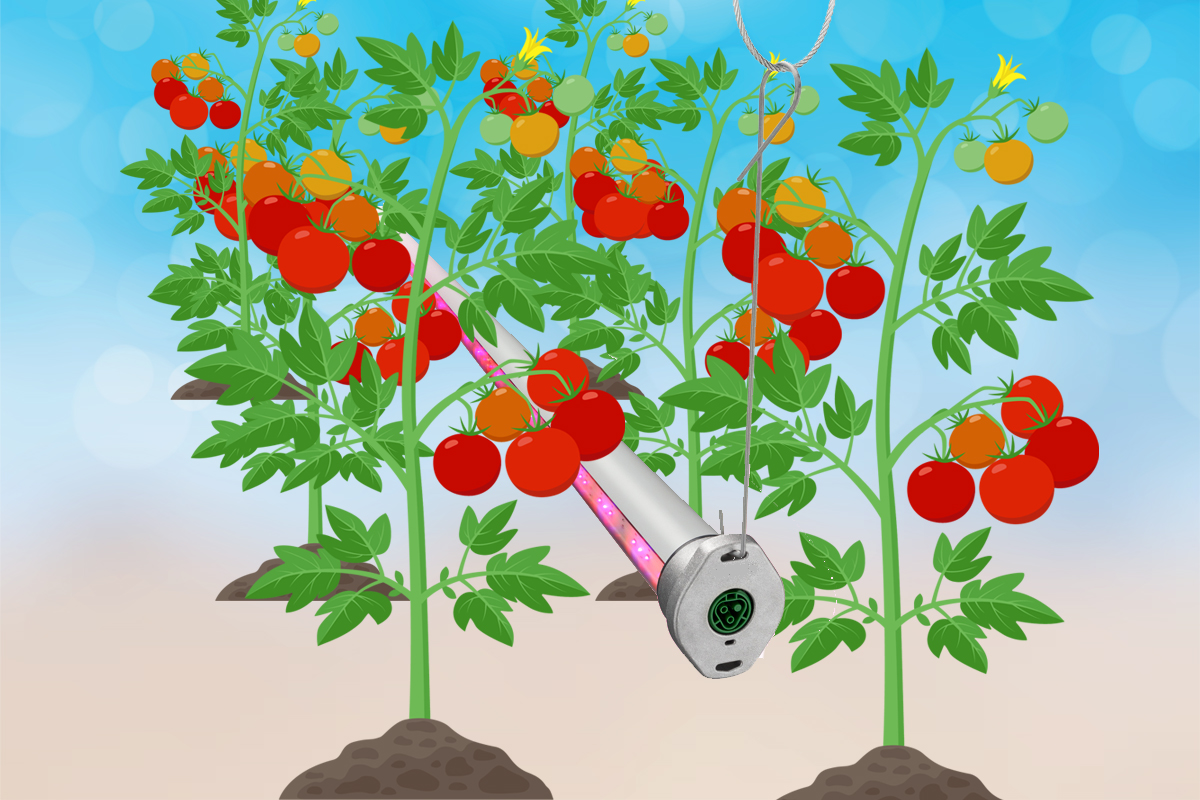
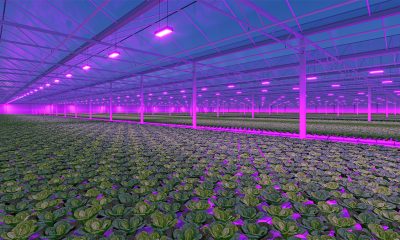
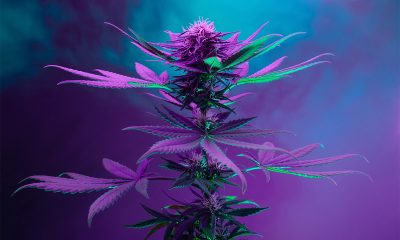
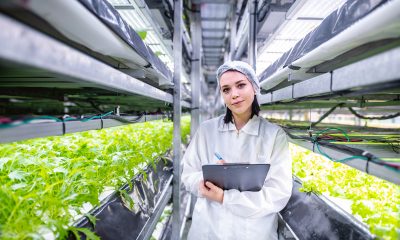
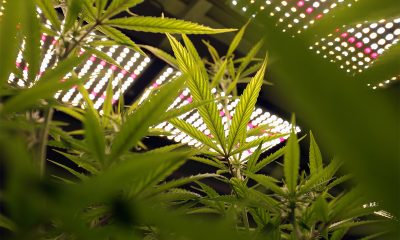
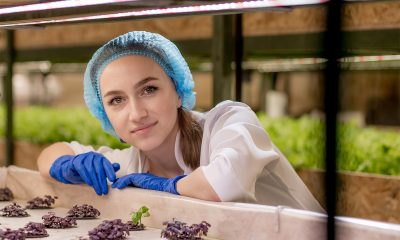
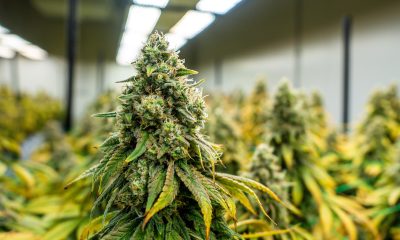
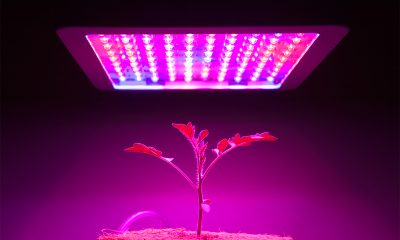
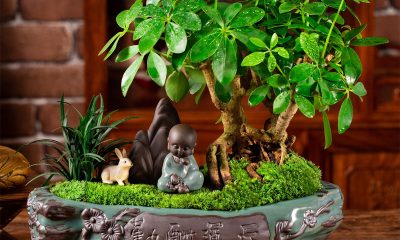
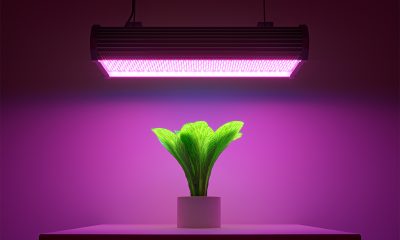





Loading...